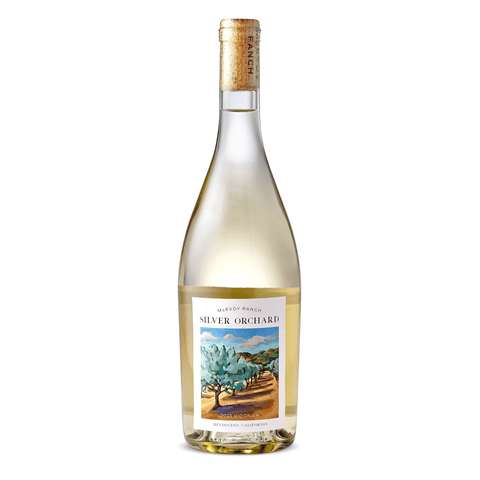
The pot should have ample drainage holes and be propped up on blocks to ensure the holes are not obstructed. A layer of gravel, Styrofoam, lava rock, crushed cans (or anything loose) should fill the bottom of the pot. Any commercial, well-draining potting soil will be fine for an olive tree.
Potted trees will need to be watered more often than trees planted in the ground. Allow the soil to dry somewhat before watering, then water until the soil is soaked. The normal, healthy potted olive tree will need fertilizer twice a year, once in the spring and once mid-summer. Use a small amount of any slow-release fertilizer, following the package’s instructions.
Pruning the potted tree more than once a year may be necessary to keep the tree within its space constraints. Pinching off the growing tips will promote bushiness while removing a branch from its base will open up space within the center of the tree. A root prune (taking the tree out of its pot, shaking off loose soil, pruning its roots, then replacing in the pot with new soil) can also help lengthen its viable potted life.
Olive trees do not thrive indoors. If you plan to keep your olive tree inside year-round or seasonally, put it outside as much as you are able and place it by a southern-facing window. Watch carefully for ants and scale, as indoor olives tend to be susceptible to scale. Spraying it occasionally with a misting squirt bottle can be helpful, especially in dry, heated, winter homes. Water thoroughly when soil does not feel moist to the touch.
Certified Organic
By CCOF
Sustainably Produced
At Our Ranch
Early Harvested
High Polyphenols
Award Winning
Extra Virgin Olive Oil







